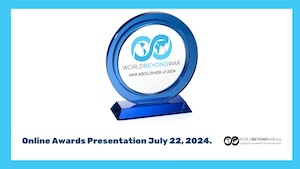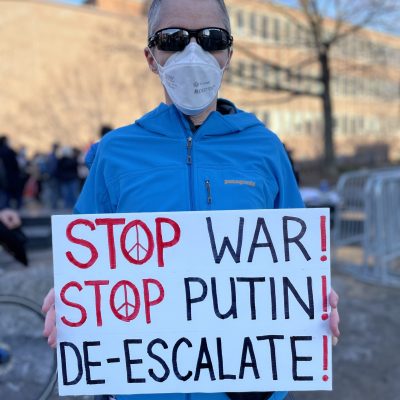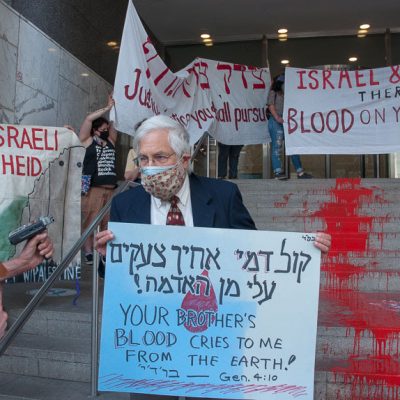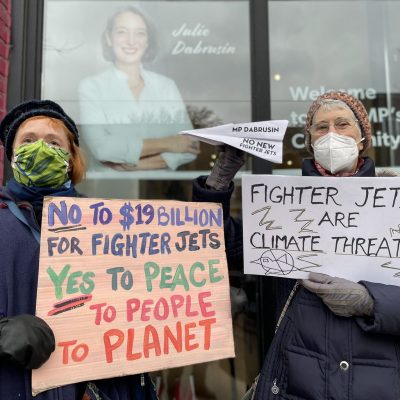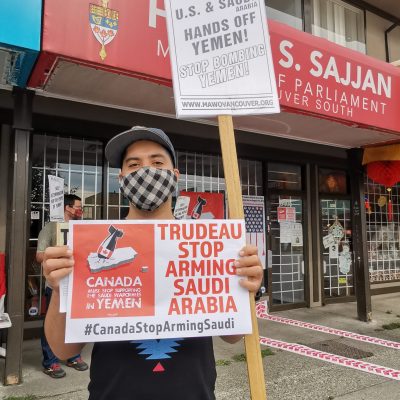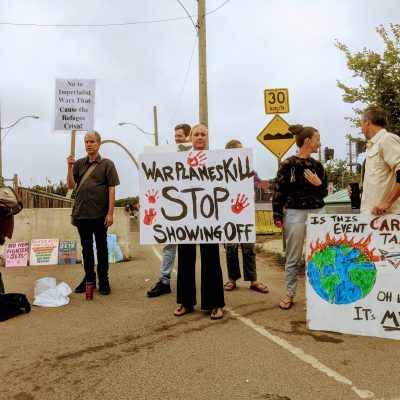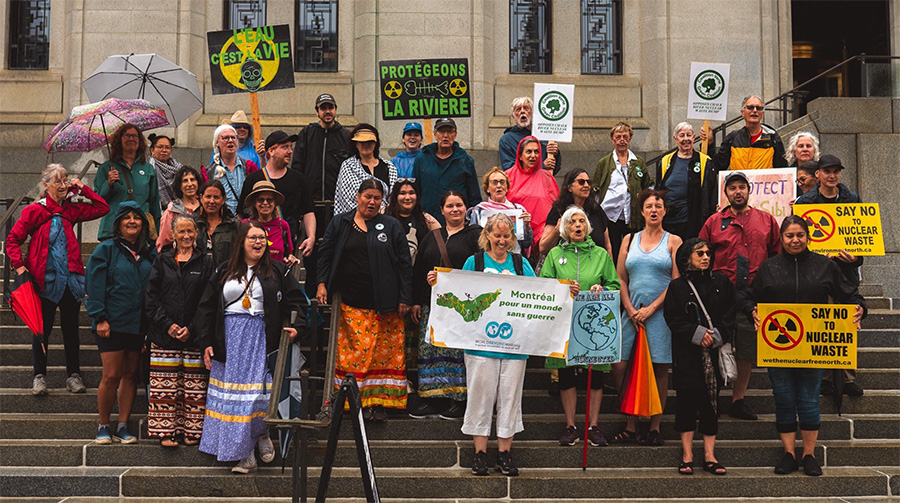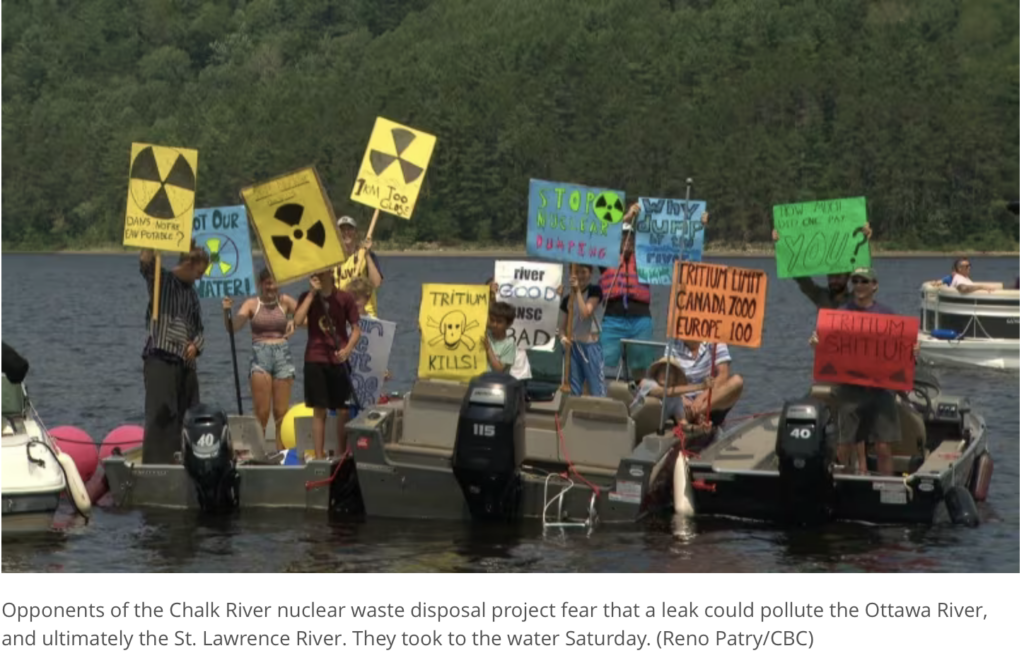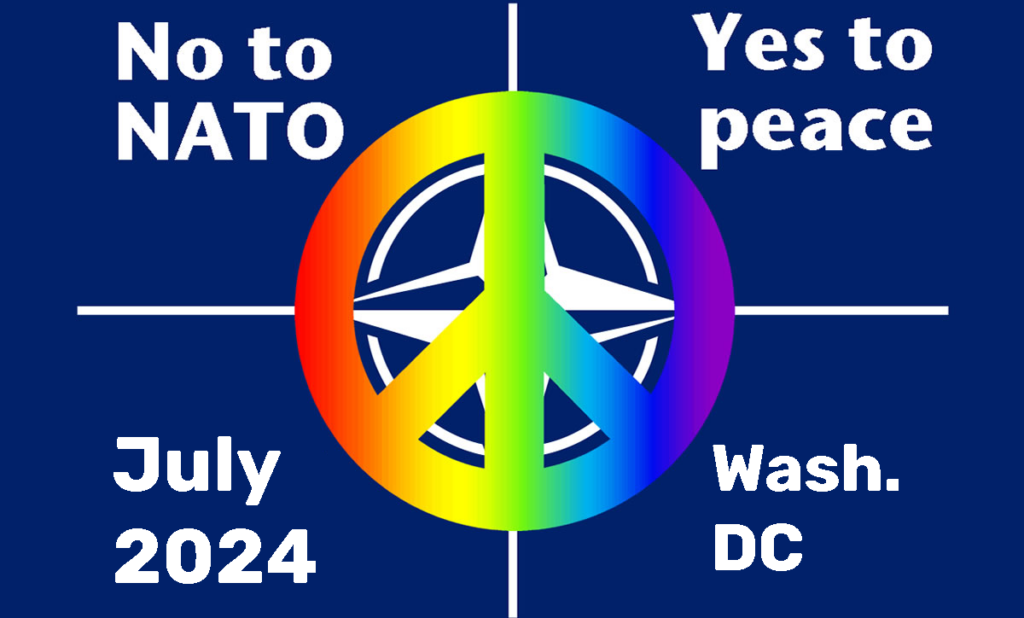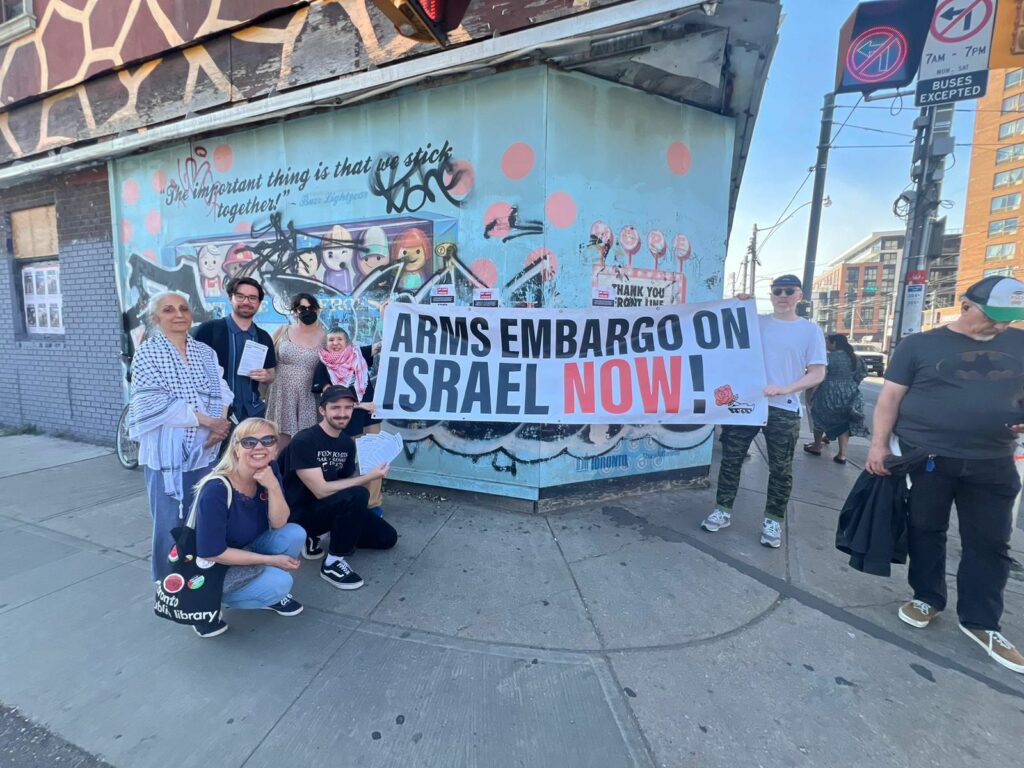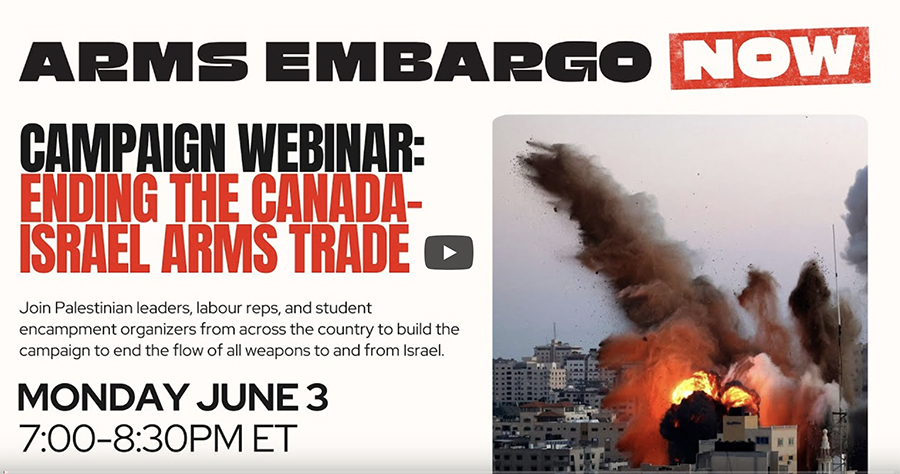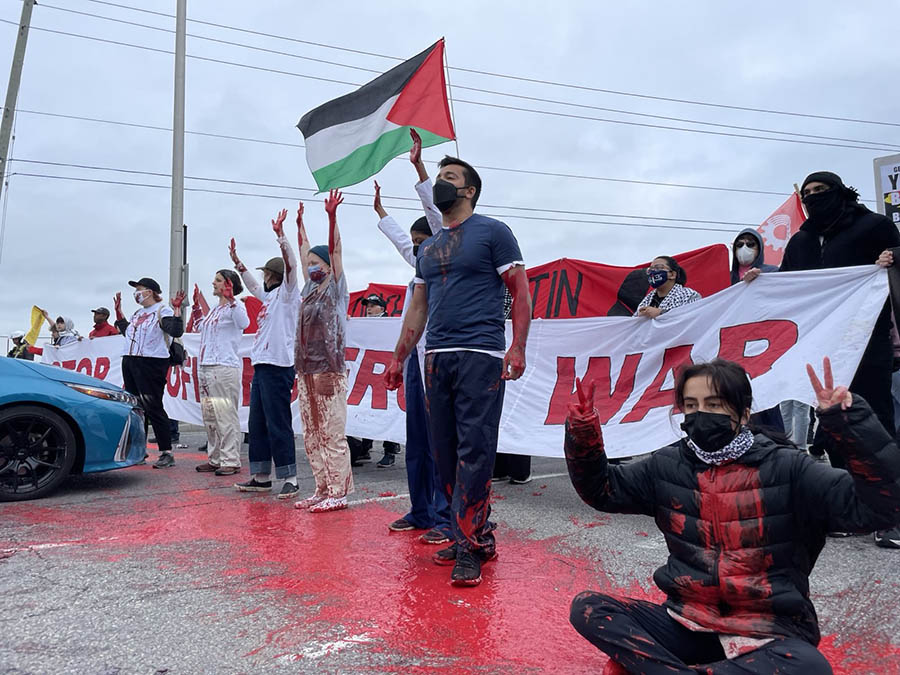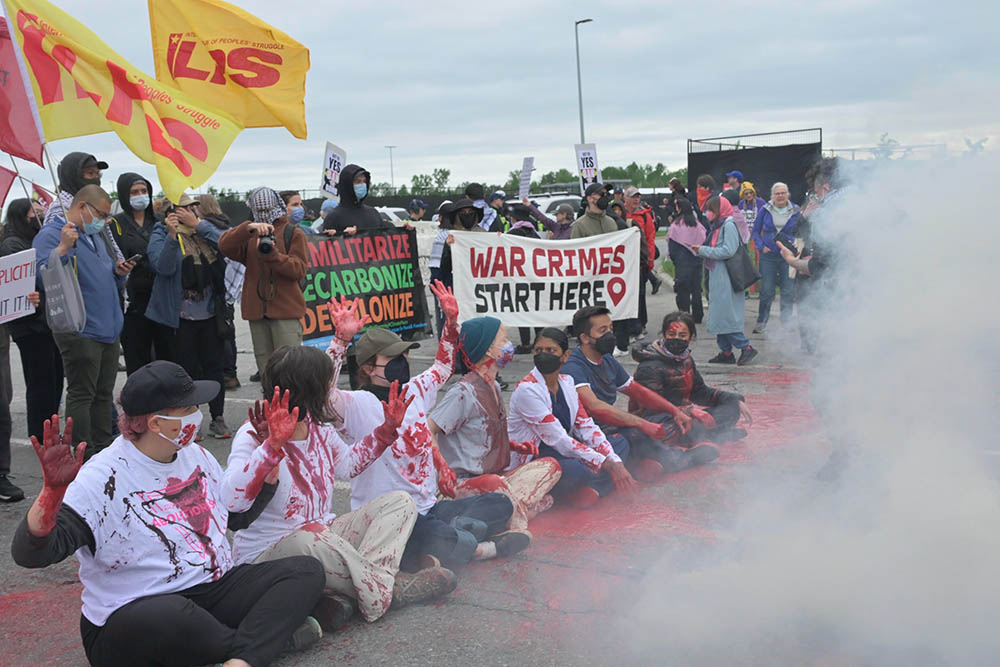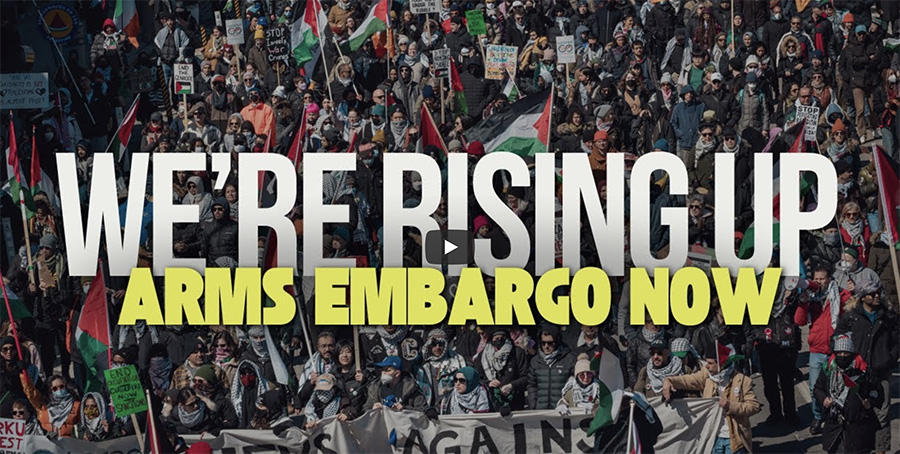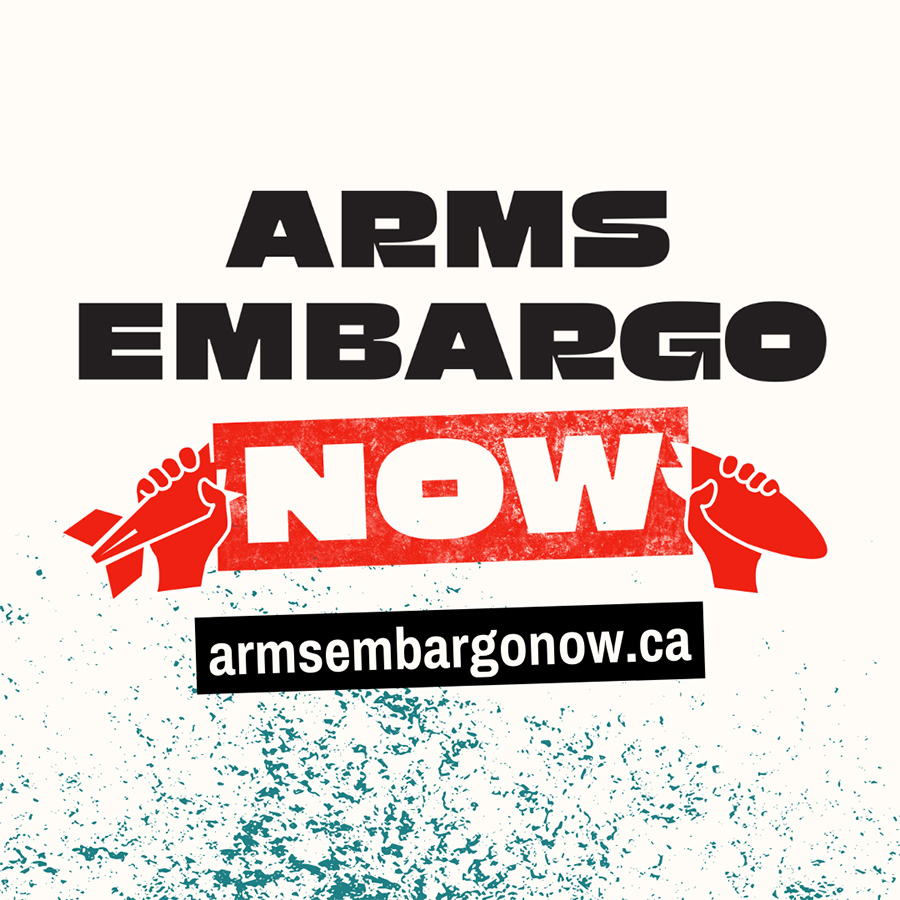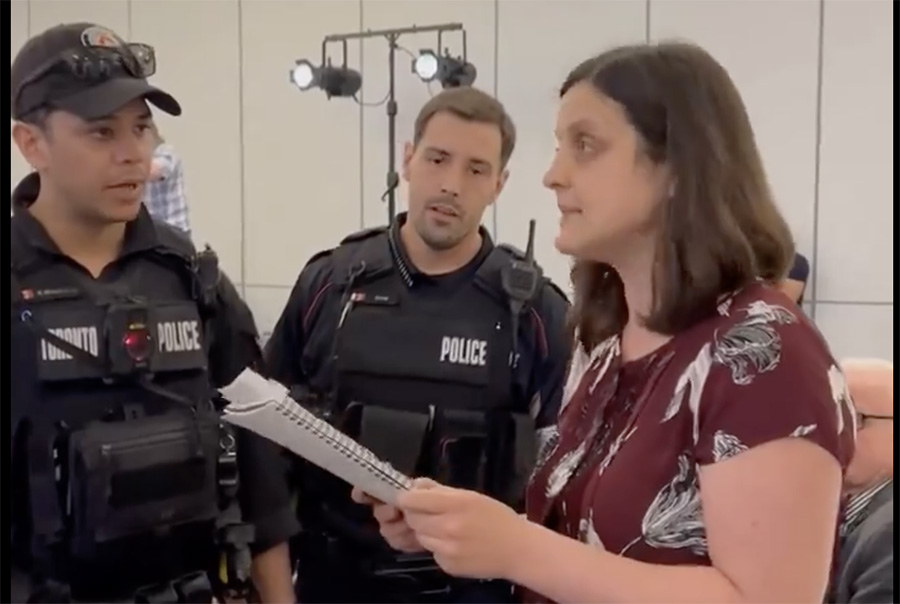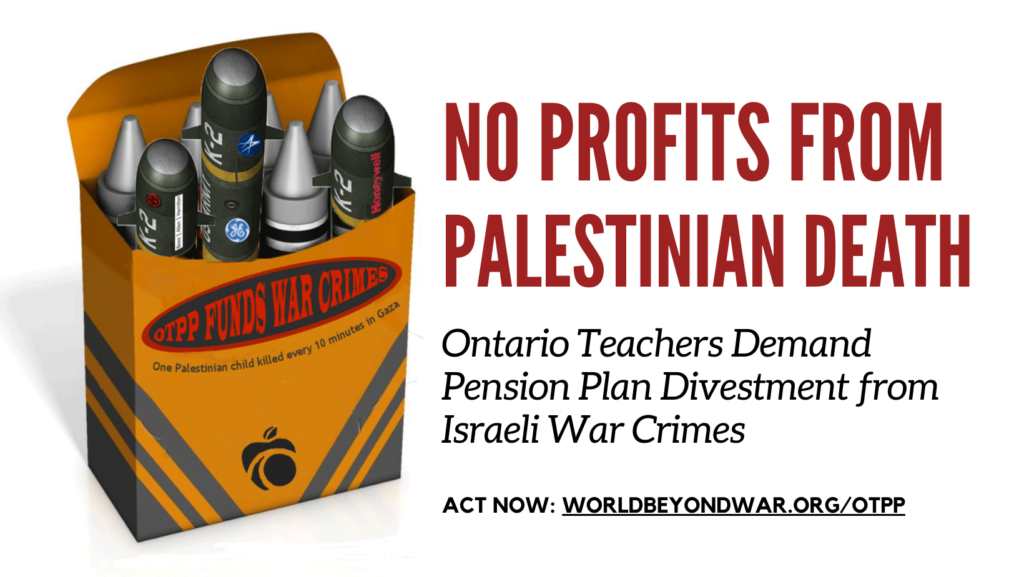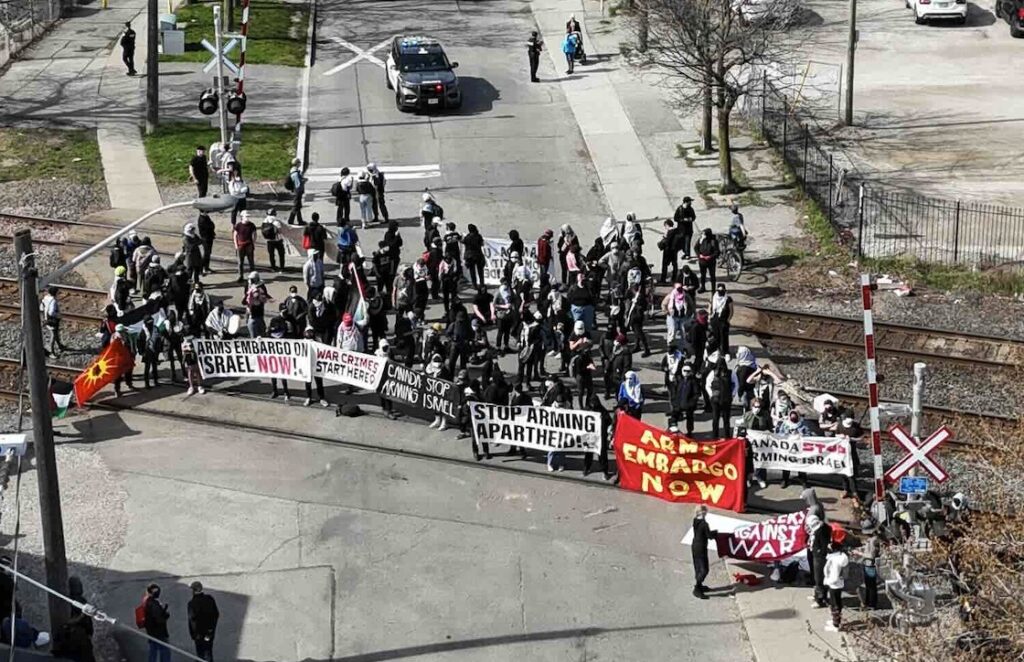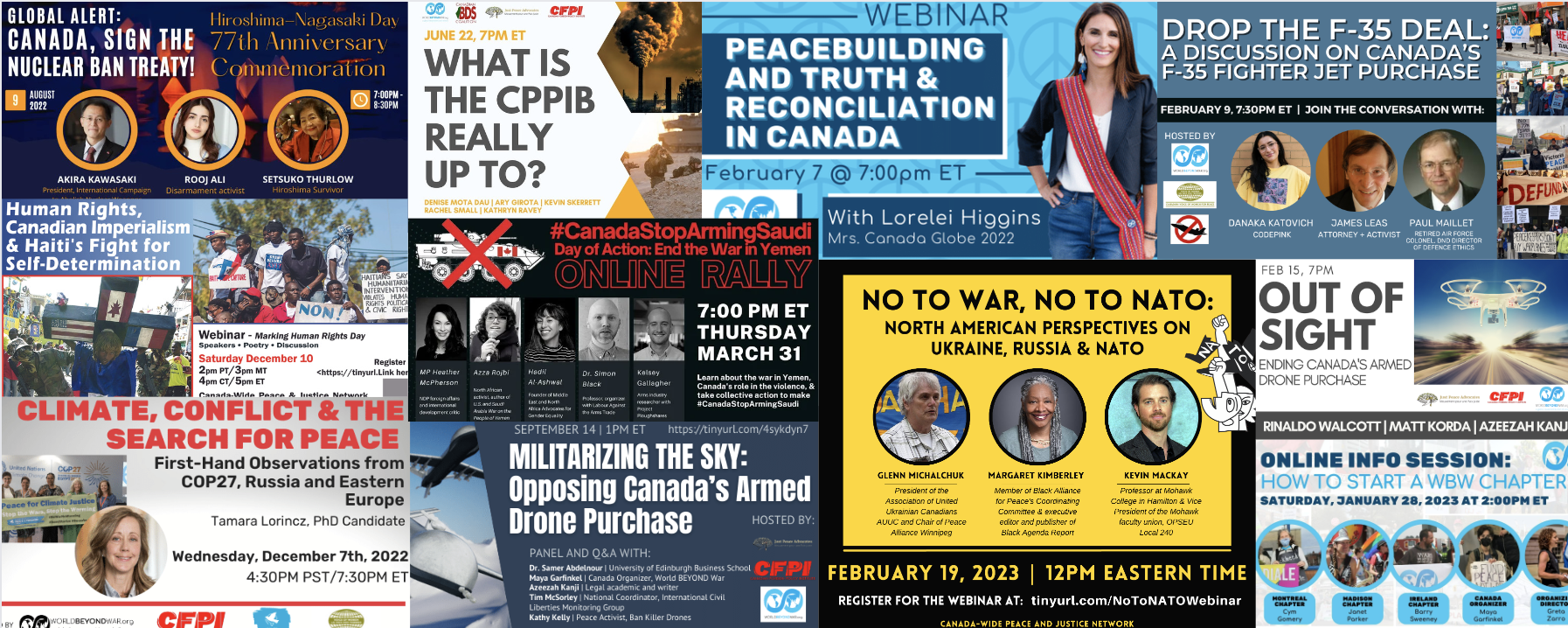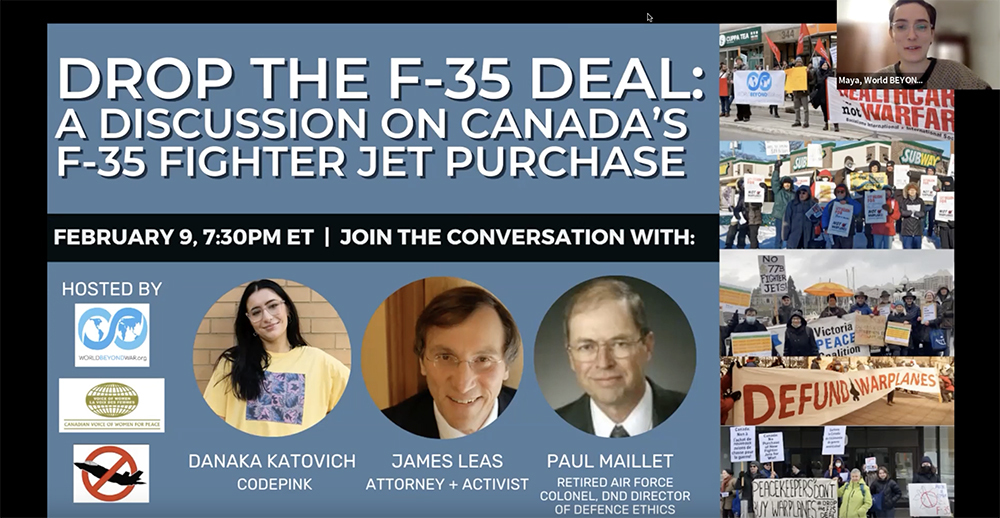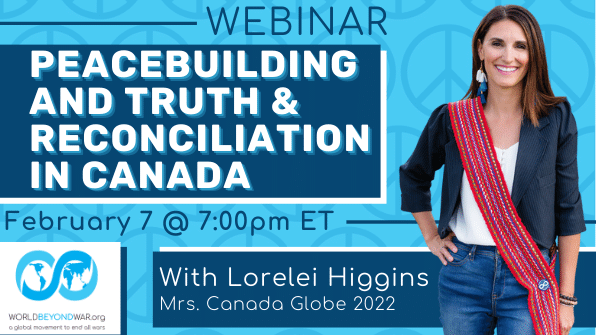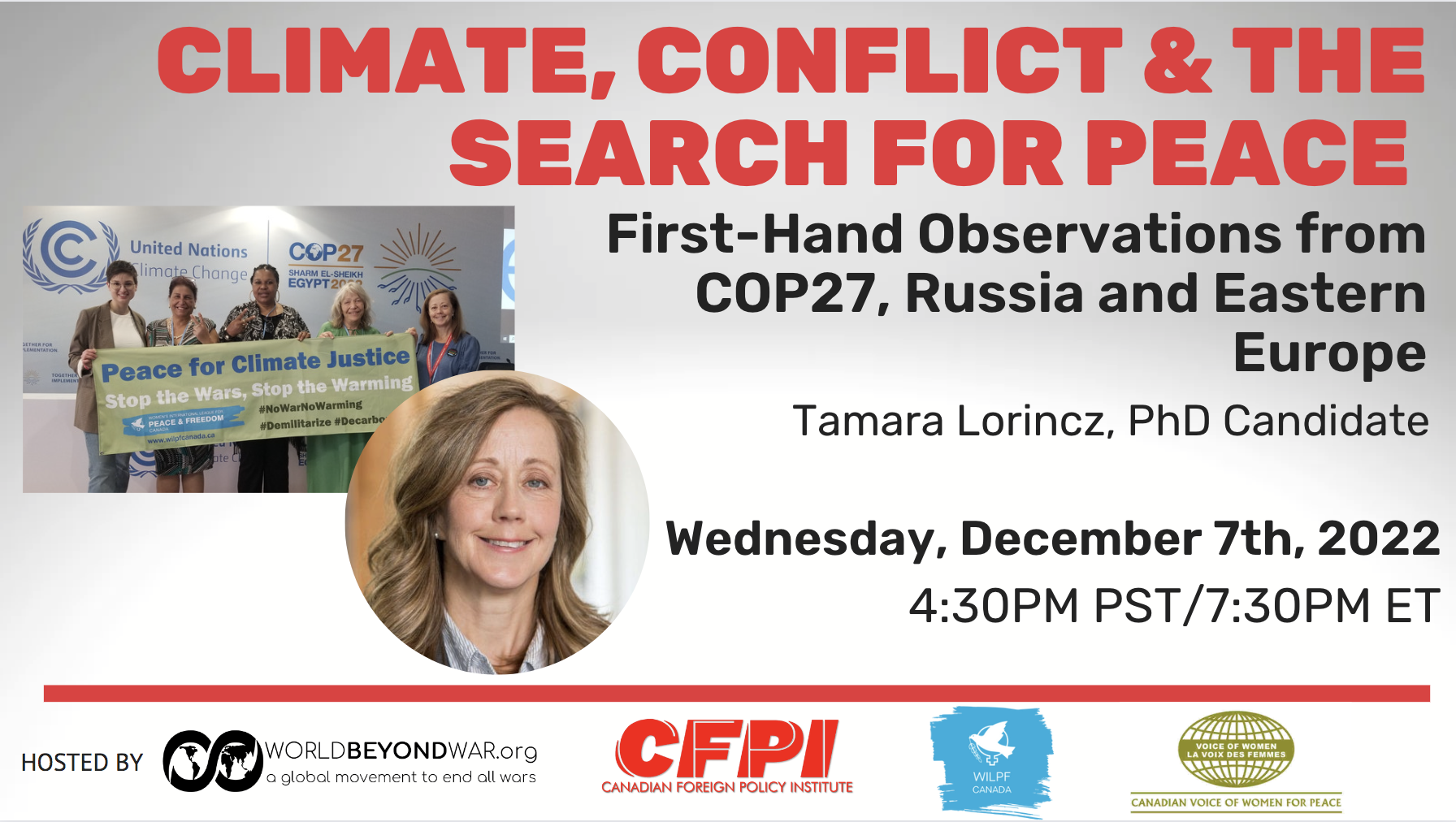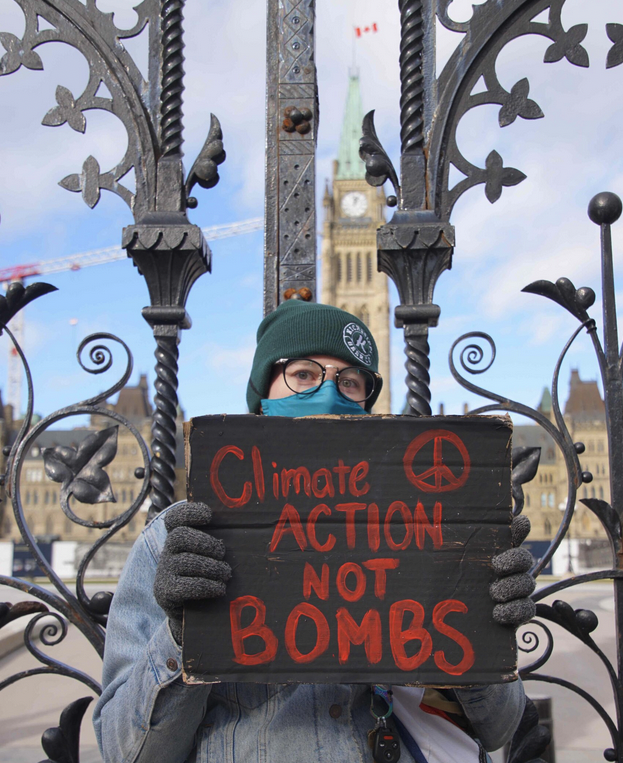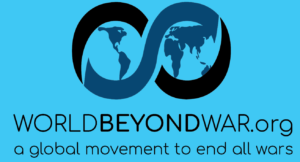Solidarity from Politicians, Environmentalists, Civil rights activists, and Anti-war activists at hearings. #WorldBEYONDWar
- Translate
- Search
- Sign Up For Email
- News
-
-
-
Recent Posts
- Meetings for Peace, in the Context of the Elections in Venezuela
- World BEYOND War Joins Those Standing for Law and Order, and Not Netanyahu
- More Security for Genocide Netanyahu’s Trip to Washington, DC than for 32 Heads of State for NATO Meeting
- Greetings from the Peace Barricade!
- Madison Wisconsin Rallies Against Netanyahu Speech
-
-
Latest Podcast Episode
-
- About
-
- Sign
- Education
-
- Activism
-
- Resources
-
- Donate
- Shop
- Events
-
-
- Antiwar/Pro-Peace Events
2024 War Abolisher Awards
-
Events Calendar
-
-
- Translate
- Search
- Sign Up For Email
- News
-
-
-
Recent Posts
- Meetings for Peace, in the Context of the Elections in Venezuela
- World BEYOND War Joins Those Standing for Law and Order, and Not Netanyahu
- More Security for Genocide Netanyahu’s Trip to Washington, DC than for 32 Heads of State for NATO Meeting
- Greetings from the Peace Barricade!
- Madison Wisconsin Rallies Against Netanyahu Speech
-
-
Latest Podcast Episode
-
- About
-
- Sign
- Education
-
- Activism
-
- Resources
-
- Donate
- Shop
- Events
-
-
- Antiwar/Pro-Peace Events
2024 War Abolisher Awards
-
Events Calendar
-
-

